The Art of the Storyteller
An interview with Julia Fullerton-Batten FRPS
Julia Fullerton-Batten is a fine-art photographer renowned for her highly cinematic visual storytelling. Her large-scale projects are based around specific themes. Each image in the project embellishes her subject matter in a series of thought-provoking narrative stories using staged tableaux and sophisticated lighting techniques.
Julia’s use of unusual locations, highly creative settings, street-cast models, accented with cinematic lighting, are hallmarks of her style. She insinuates visual tensions in her images and imbues them with a mystique that teases the viewer into continually re-examining the picture; something new coming to the fore each time.
Her fine-art work is globally renowned and exhibited. She has won countless awards worldwide, is frequently portrayed in photographic journals, has published two books, is a Hasselblad Ambassador, a frequent speaker at international workshops and a juror of international competitions. Her images are on the front cover of A Guide to Collecting Contemporary Photography. She has a permanent collection at the National Portrait Gallery, Musee de l’Elysee, Lausanne and the Parliamentary Art Collection.
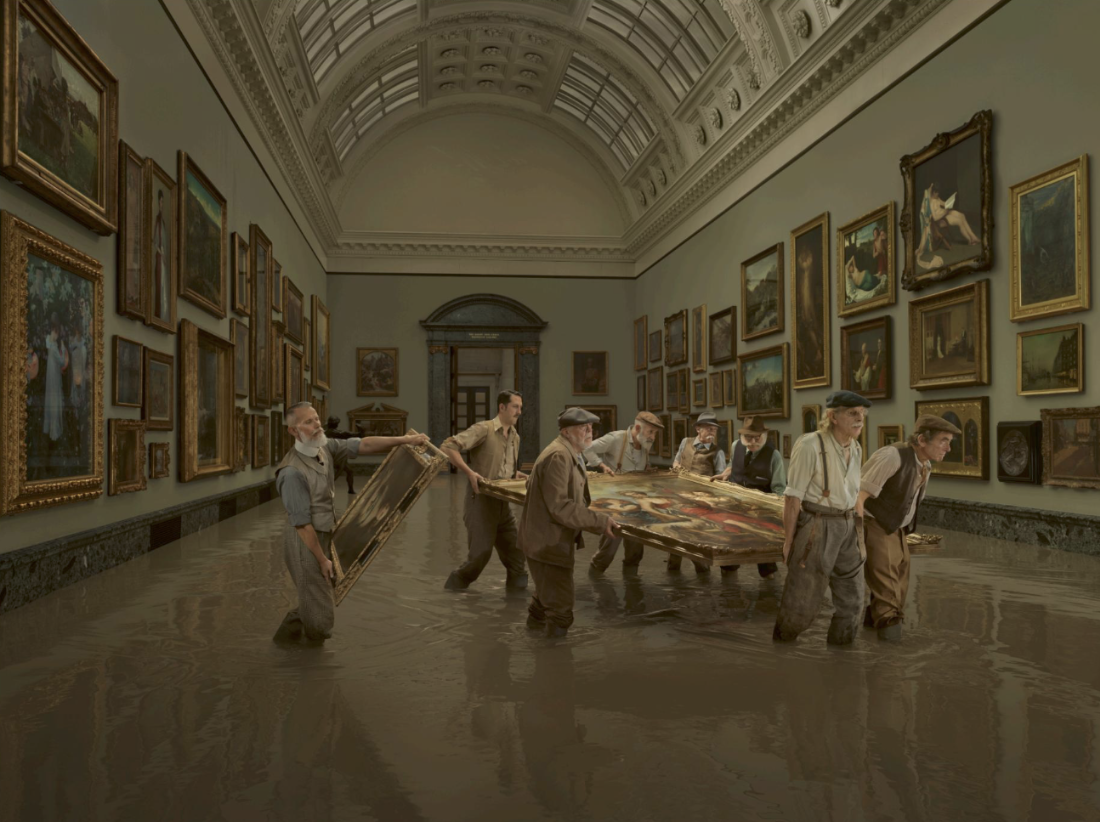
Flooding of Tate Britain © Julia Fullerton-Batten FRPS
Teri Walker speaks to Julia for WE ARE Magazine.
Hi Julia. Thank you so much for taking time to share your work and photography story with our readers. What initially encouraged you to take up photography as a profession?
I was initially inspired by my father who was an enthusiastic amateur photographer; he had his own makeshift darkroom at home. On quite a few occasions we children would have to wait for the bath to be cleared of prints before we could have our evening bath. I grew up fascinated with his images and gradually had the courage to ‘borrow’ one his cameras. He finally gifted me his Minolta which I started experimenting with. At the time, I had no idea photography could be a proper standalone profession, let alone that a career in art photography was possible. We lived in suburbia in Germany and in the USA until I was sixteen, when we moved to the UK and I began to realise that such possibilities existed and I began to think more about my future career. After completing my education I decided to study photography.
How have you developed your skills as a photographer?
After completing my photography course, I moved to London and worked as a freelance assistant to professional photographers for five years. Although a long time, it was a fabulously formative experience as I worked with many different photographers covering a very diverse range of genres. I would collect the discarded Polaroids at the end of the shoot and spend time writing up reports of lighting techniques in my work books. It was still the time when most assistants were male, and I had to compete with them for jobs and not shun the heavy lifting it often entailed. It was hard work but great fun; I traveled and learned a lot.
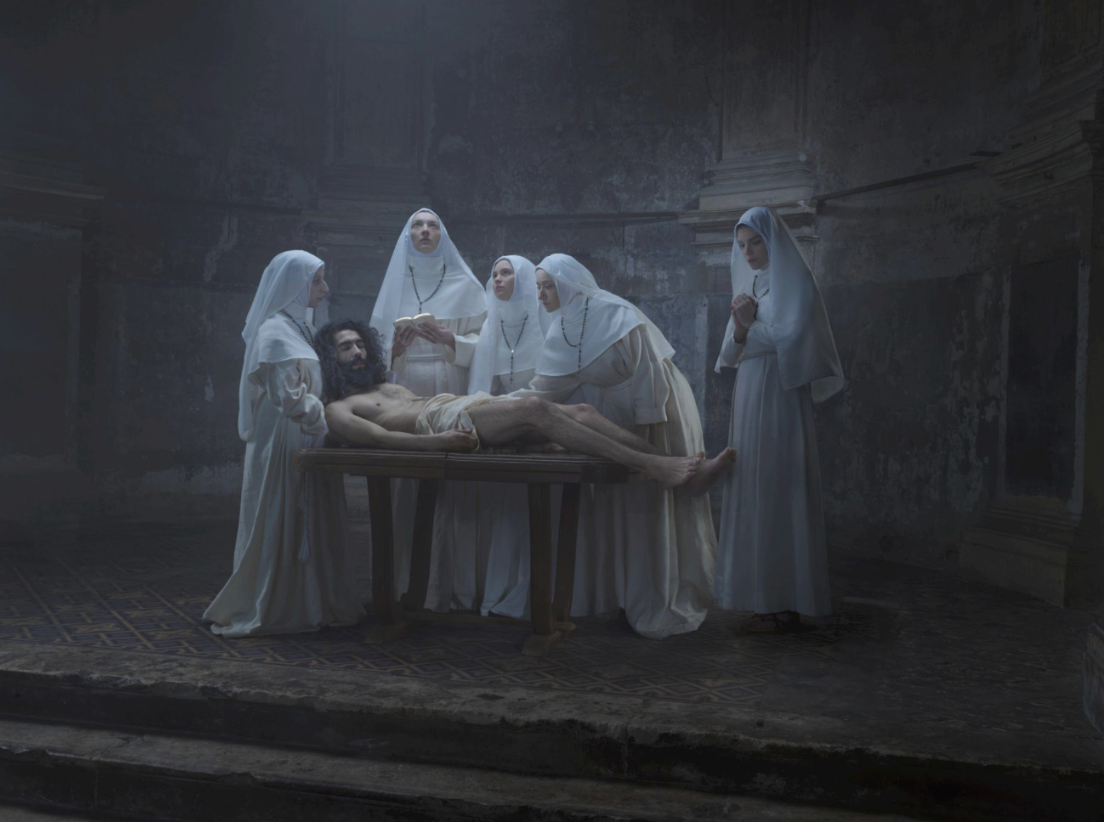
Eglise des Trinitaires © Julia Fullerton-Batten FRPS
I applied for and got a month’s work experience at Vogue magazine where I met many fantastic people including Mario Testino. I worked under Isabella Blow, who was a real tough nut and always told me to ‘just get on with it’. At that point Kate Moss had become the new top model. I remember handling many phone calls from mothers who rang Vogue to complain about her look. They couldn’t understand why this young skinny girl was featured so often sitting on a bed in underwear on Vogue fashion pages and felt it wasn't a good example for future generations.
That period was certainly an eye opener for me. It was new and exciting. I liked the creative freedom that fashion photographers had. They were able to be experimental and often technical mistakes were something that creatives loved, such as a 10x8 sheet of film accidentally being polarised. But then I realised that it wasn’t for me; I had developed a desire to shoot a broader range of subject matters that meant more to me.
I started entering competitions, winning prizes and building up a reputation as an up-and-coming photographer. The breakthrough came after a series of images shot in Vietnam won a whole batch of prizes at the AOP Student Awards. This drew the attention of a German agent, who promptly got me my first commission, to shoot a large campaign in Australia. With this, I achieved the breakthrough and became a professional photographer in my own right.
I continued for a while as a commercial photographer but always had a hankering to develop my own photographic style as a fine-art photographer. My series of images that I had shot on the anguish of the transition of young girls to womanhood (basically a visual autobiography) that I entered in a competition won a major prize. This prize enabled me to have my first book Teenage Stories published and the images exhibited in galleries in Europe and New York. Shortly after this success I was invited by the National Portrait Gallery to shoot portraits of the sixteen most important medical people in the UK at that time. The images were hung in the Gallery and are now in permanent collection.
There is no doubt in my mind that as a photographer we are always learning. Not only about technical skills, but also about ourselves and the world around us. I often question why has one photographer greater interest in one subject than another or succeeded more in our respective preferred genres. Perhaps the reasons for my own reasonable success is a drive to succeed, my curiosity in many diverse aspects of life, and that the subject matters I have chosen are based on an empathy for the subject matter and the sitters that I engage to help me portray my stories.
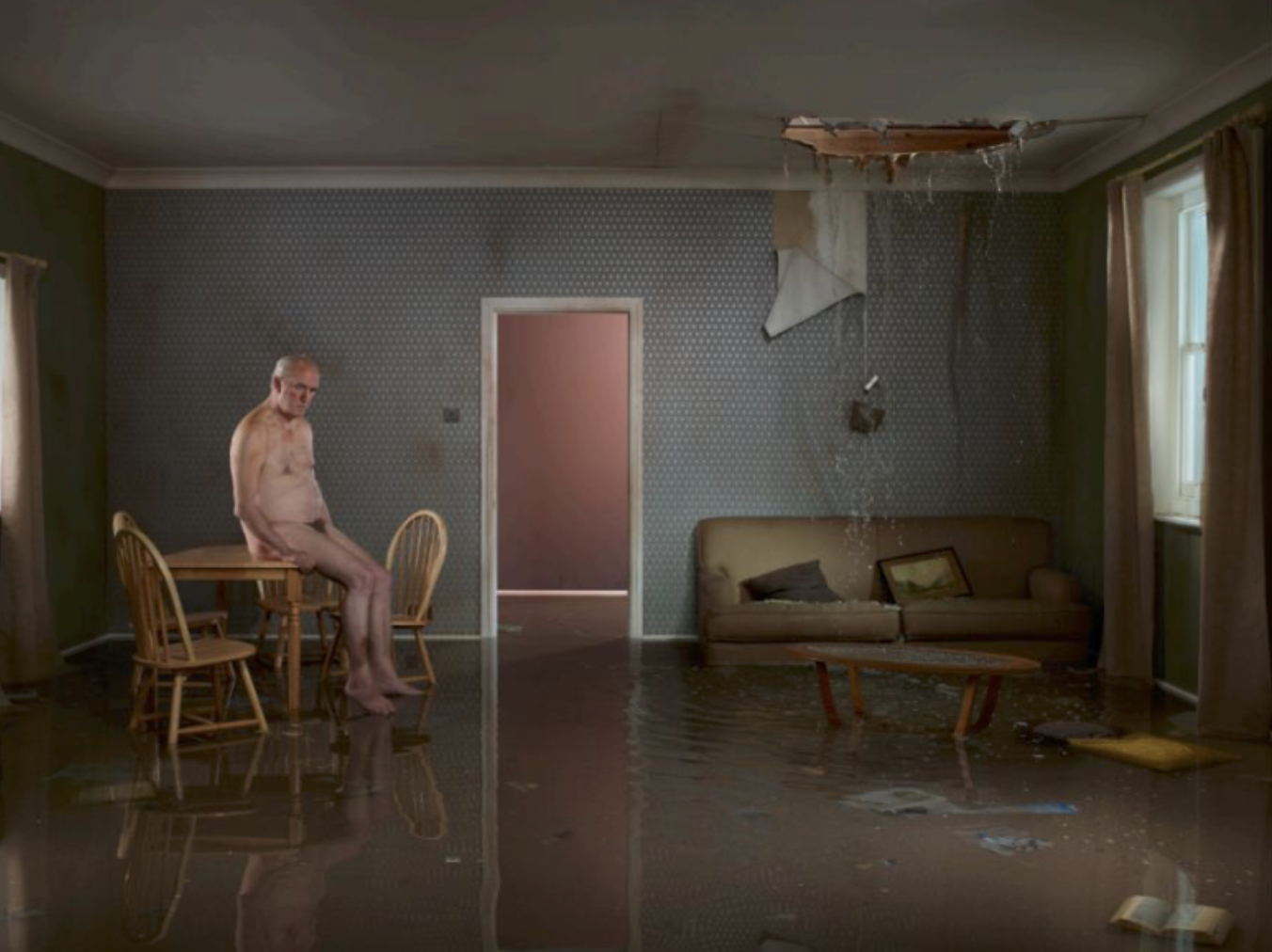
Tim Andrews © Julia Fullerton-Batten FRPS
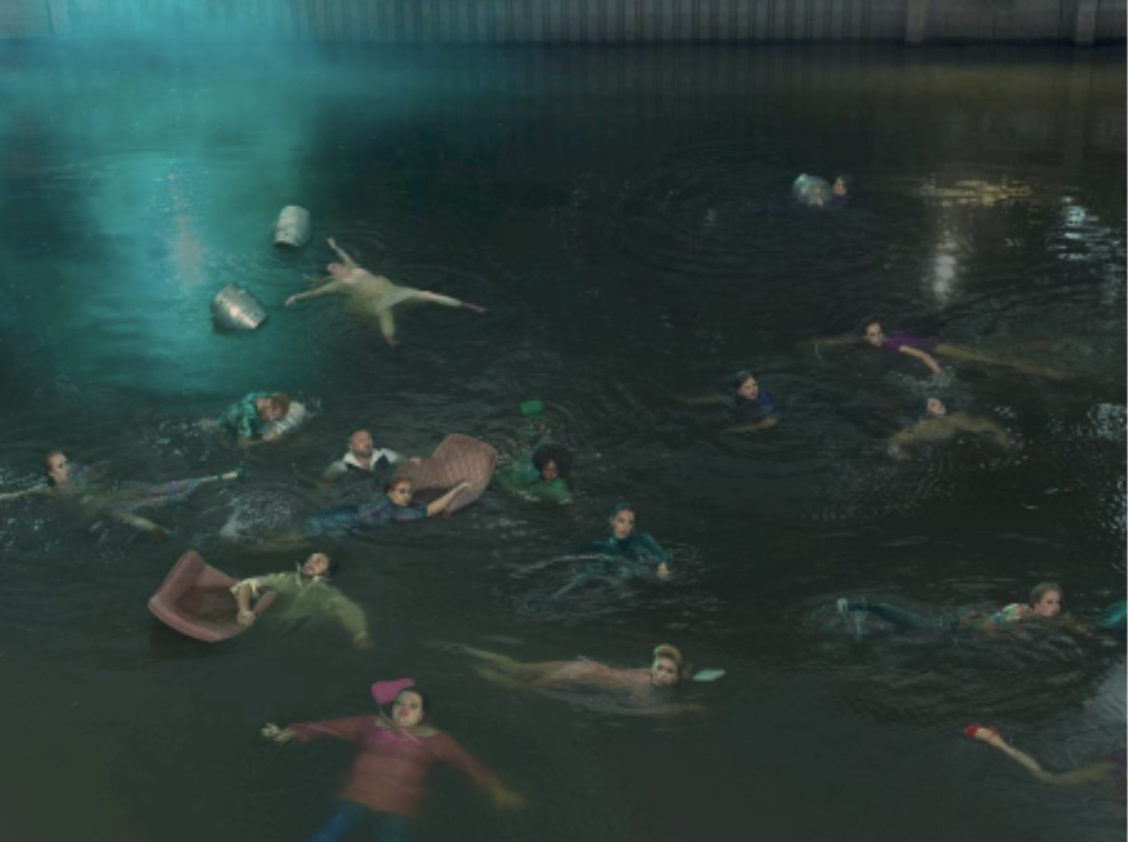
Thames Disaster © Julia Fullerton-Batten FRPS
Where does the inspiration for your projects come from?
As time goes on my work is more involved with delving into the past and living in the present. My choice of subject matter for a project has so far been based on a number of factors: my own personal experiences of growing up (Teenage Stories); feminism (The Act); historical events that touch my heart (Feral Children); the history of the world I live in (Old Father Thames); and social themes (Blind and Unadorned) etc. Once I have decided on a project, I break it down into sub-sections like the chapters of a book and research the subject matter exhaustively. I am a stickler for integrity in the content and detail of my images. During the research process I search for the meaning behind the detail in each and every part of my planned image. I ensure that there is a significance and relevance in the choice and setting, as well as the message implied in my image; likewise, the importance of staging, clothing, body posture and an expression. The day of the shoot is the culmination of fulfilling the inspiration process started sometimes several months earlier.
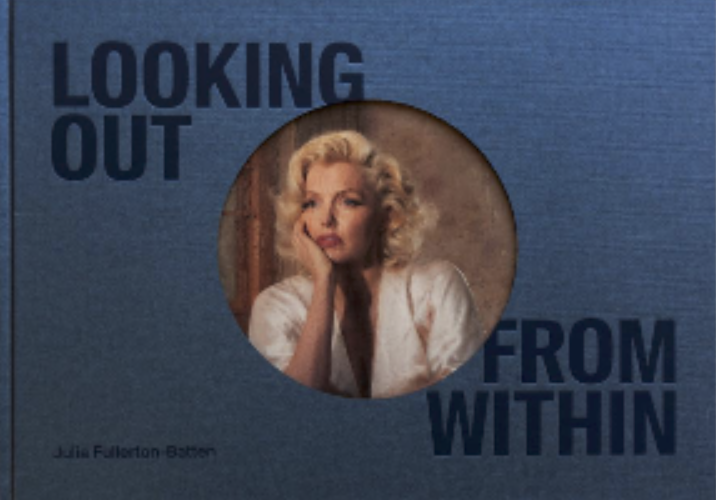
Looking out from Within © Julia Fullerton-Batten FRPS
Marion Tande of MoMa wrote the foreword for my most recent book on Covid lockdowns Looking Out From Within. She summed up my imagery beautifully:
“Traditionally, storytellers have been the keepers of a society’s history, passing tales down through generations. These tales have inspired people to creatively make sense of the world, and have educated children about their culture, mores and social conduct. Through her series titled Looking out from Within Julia Fullerton-Batten invites viewers to visually listen to her intimate stories.”
How would you describe your work?
I am a visual storyteller. I like to feed my mind with ideas and then create an image in which I can share my ideas with viewers consciously. During my last interview someone asked me if I am a historian. I like to feed my mind with stories buried deep in the past, but still of significance today. I also feel that sharing knowledge is one of the greatest gifts a person can give. I get great satisfaction from sharing subject matter that I have dug up from the past and converting it into a beautiful photograph that might be viewed and shared by many.
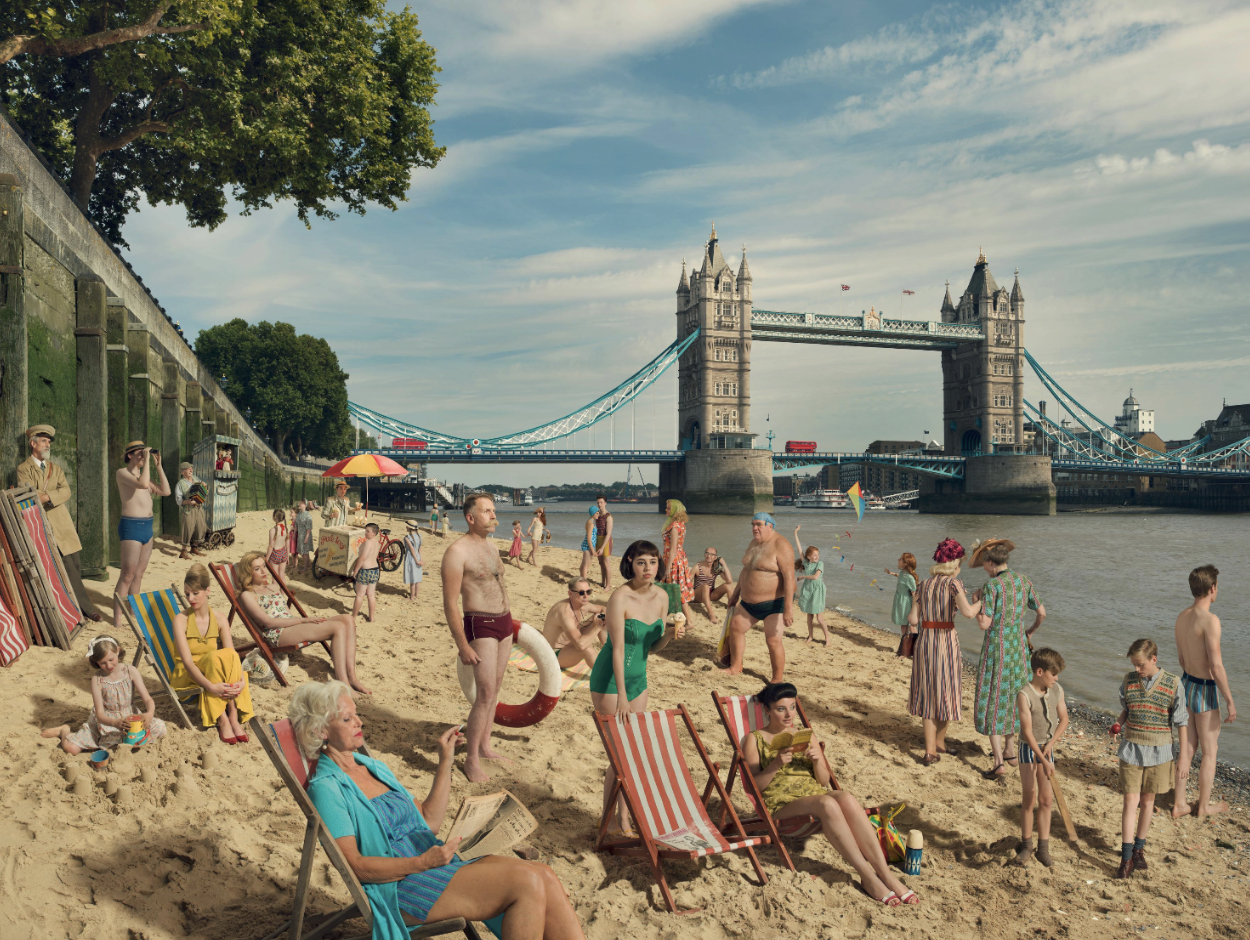
Bathing by Tower Bridge © Julia Fullerton-Batten FRPS
You use a lot of production, staging, costumes and special effects in your work. Why did you choose to pursue that style of imagery?
I wouldn’t say I deliberately chose this process, it just materialises out of my psyche. I will work on an idea for a long time before I start the production, by which time I am finally and fully committed to the project, such that all my creative energy is immersed in it. I am very much influenced by what I see in my mind’s eye, then with an empty canvas in the same way as an artist embellishes their painting with content, I begin to add features to my image, adding depth to my image with staging, costumes, props, etc.
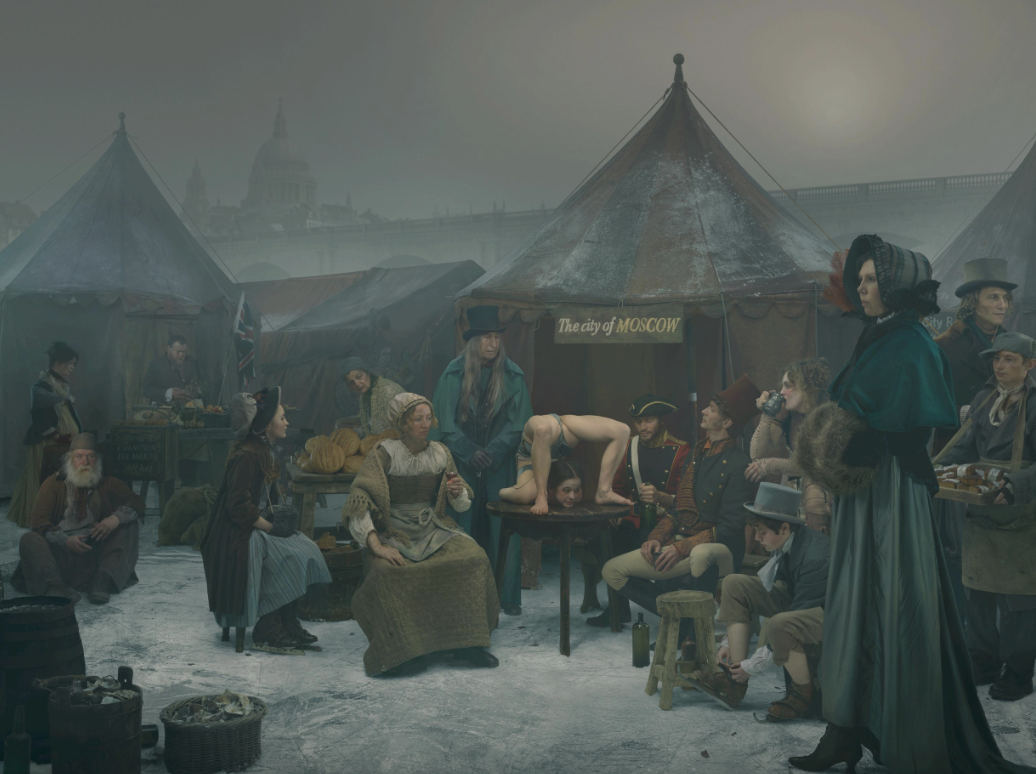
Frost Fair © Julia Fullerton-Batten FRPS
What are you currently working on? Are there any new projects that you can share with us?
I am continuing my Old Father Thames project. I’m planning on publishing the project in book form; a prospect that both daunts and excites me, being the climax of nearly five years' work. I have a number of exhibition openings and talks lined up for 2023.
2023 sounds like it’s going to be a busy and exciting year for you and we look forward to seeing your new book in print soon. Thank you again for taking time to speak with us.
This article was published in WE ARE, The Women in Photography magazine, March 2023.

